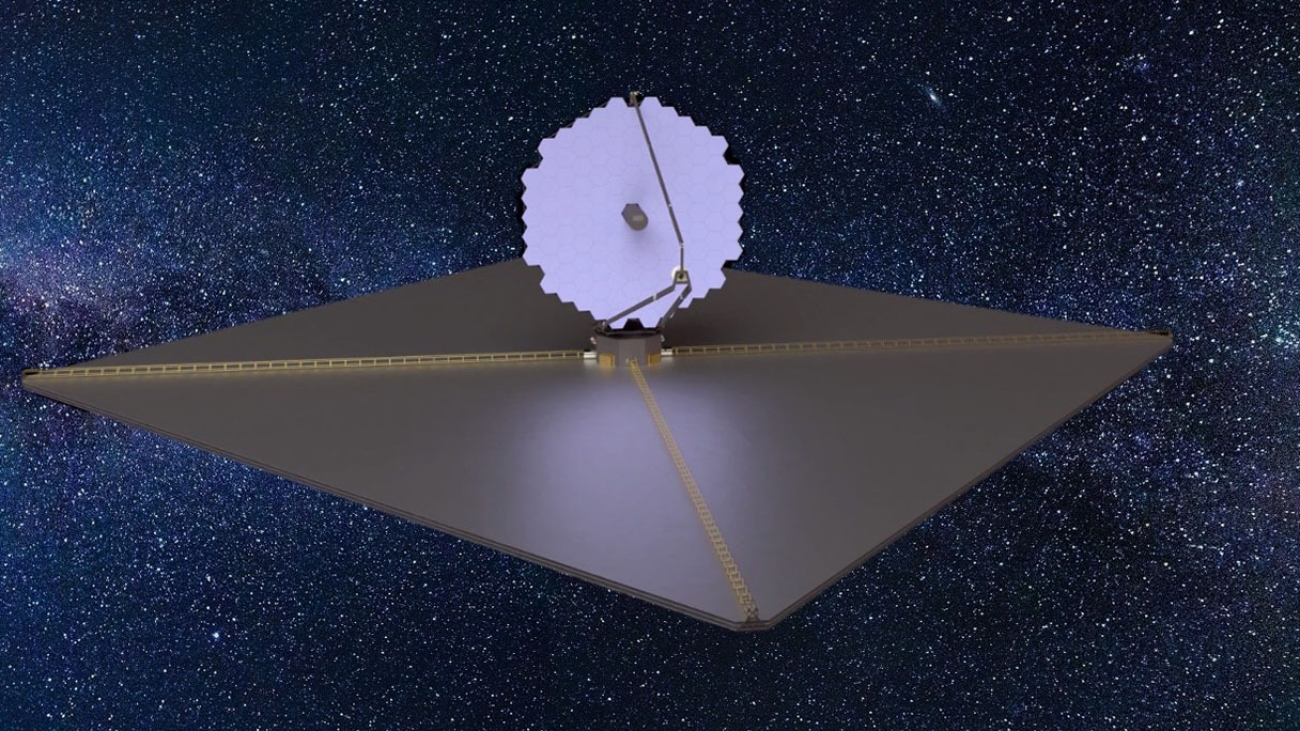NASA has recently unveiled an initial plan for a multibillion-dollar telescope that would be capable of finding life on alien worlds. The announcement was made at a meeting of the American Astronomical Society, where researchers gathered to hear about the successor to the James Webb Space Telescope (JWST), which began operations in 2021.
The new telescope, which is still in the early planning stages, would be just as big as JWST, measuring 6.5 meters in diameter. However, its grand new goal would be to search for signs of life on Earth-like planets, with the hope of achieving this by the early 2040s.
The JWST, which is currently in orbit around the Earth, has already proven to be a valuable tool for studying the universe. It has been used to study everything from the early universe to the formation of stars and planets. However, the new telescope would take this research to the next level by specifically targeting Earth-like planets that are located in the “habitable zone” around their host stars, where temperatures are just right for liquid water to exist.
One of the main challenges of finding life on other planets is that it is difficult to detect with current technology. The new telescope would use a number of advanced techniques to overcome this challenge, including the use of powerful optics and sensitive detectors. It would also be able to detect light in a wide range of wavelengths, including infrared and ultraviolet, which would allow it to see through clouds and other obscuring materials.
The new telescope would also have the capability to perform spectroscopy, which is the process of analyzing the light from a distant object to determine its composition. This would allow scientists to search for specific chemicals that are associated with life, such as oxygen and methane.
The multibillion-dollar cost of this new telescope is expected to be a significant investment for NASA, but the potential benefits of finding life on other planets would be enormous. It would not only provide a greater understanding of the universe and our place in it, but it could also have a major impact on the search for extraterrestrial intelligence.
Overall, the initial plan for this new telescope is an exciting development in the field of astronomy and the search for life on other planets. NASA’s decision to invest in this technology shows a commitment to pushing the boundaries of what we know about the universe and our place in it. It will be interesting to see how this project develops in the coming years and the new discoveries that it will bring to light.
